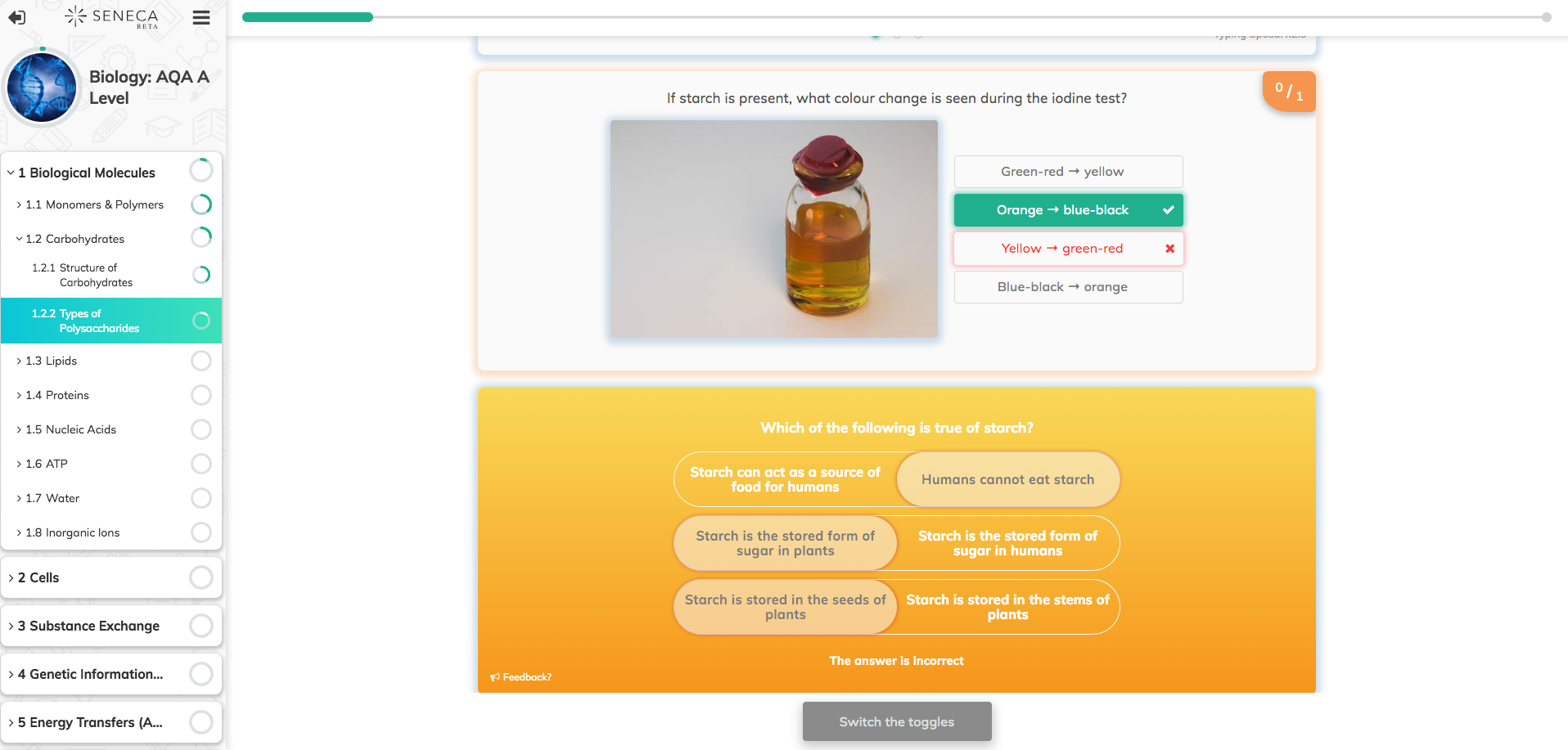The UK Educational Gap
When I first moved to the United Kingdom, I was very confused about the country’s educational system. It is a very complex matter. Schools can be Academies, Grammar Schools, State Schools, Independent Schools, Colleges, and so forth. It is a long list of different school types and classification. In the past few years, there have been discussions amongst teachers and amongst politicians on whether this is the best system or if it should be reformed.
The main criticism is about the gaps that exist between schools with private tuition and free schools. An article on the newspaper “The Independent” in 2017 claims that the gap between the number of students from private and public schools to reach university has never been larger. A professor of Work and Education Economics at University College London believes that private schools have three times more resources than the public ones. And last year, an article on the newspaper “The Guardian” argued for the complete abolishment of privates schools in the country.
While such discussions are important, it will take time for all the parties involved to reach a conclusion. Thus, it is unlikely that the inequality between private and state school students will significantly change in a short period of time. Because of that, it is important to find new tools to try and close the social gap between pupils of different socioeconomic status. Educational Technology and Artificial intelligence are two of these tools, and are already being successfully used by Seneca Learning.

Using EdTech and AI to tackle the problem
Seneca Learning is a free online homework and revision platform that covers most of the secondary school curriculum. It contains content relevant to students from Year 3 to Year 13 (age 7 to 18). The platform covers Sciences, Humanities, Languages and Applied Subjects.
Crucially, the website is freely accessible by everyone. That is, all students, teachers and even parents can use Seneca’s resources regardless of the type of school they attend. With this model, we aim to provide high-quality educational resources to all pupils and give them a more equal chance to achieve their potential and their goals.
Using EdTech has big advantages in relation to regular books. The first one is that the content can be presented in varied formats. On Seneca, this includes short notes, summaries, flashcards, videos, photographs and diagrams. The visual elements on the website are used to make it easier for students to process and retain information.

But that is only around 20% of the platform. The remaining 80% is formed of questions, including multiple choice and typed answers. These questions require students to understand and apply knowledge. This is another advantage of EdTEch. We are able to provide an engaging and interactive tool for students to practice retrieval. We are also able to offer immediate feedback and a more productive way of learning from their mistakes.
An incredible feature of Seneca is the use of a smart algorithm that creates an adaptive learning platform. The website tracks and monitors each answer given by the student so it can select new questions based on how each pupil is progressing on each topic. For example, if a student gets a question wrong, they will see this question again. If they get it right, they will see a more difficult question about that topic. By having this adaptive learning, the platform is able to differentiate students and give them the optimal tool to succeed.

This type of artificial intelligence massively benefits students’ progress. Firstly, it identifies which topics should be reinforced for each individual student. Secondly, it makes the experience more engaging and interesting for the pupil, because they are constantly being challenged and surprised instead of simply answering the same questions all the time. Seneca also marks students’ work, significantly reducing teachers’ workload, which is a big issue in the United Kingdom.
Evidence
To test the benefits of an online adaptive learning platform over regularly printed revision resources, a randomised controlled experiment was conducted with more than one thousand students from eight different schools across the country. In this study, pupils were randomly selected for the control group or the intervention group. The trial started with an exam covering content that was novel to students. They all basically scored zero and there was no difference between the groups. For the next four weeks, the control group studied that content using their regular revision guides. The intervention group used Seneca Learning on a tablet.
At the end of the study, the same exam was given to the students. The intervention group scored 105% more marks than the control group. This amazing result shows how beneficial EdTech and AI can be to quickly improve students progress, in comparison to more commonly used revision tools. Another important finding from this research was that the benefit was the same in all types of schools – including private, state, grammar and comprehensive schools.
In other words, EdTech and AI have the potential to truly make a difference and reduce social inequality. The feedback from teachers has also been great. They constantly report that their students are learning more and are also more engaged and interested. Seneca has grown from 0 to 750 thousand users in less than one year and will keep on growing and helping more students around the country and the world.
Written by: Dr Flavia Schechtman Belham



Great post. I was once checking constantly this weblog and I’m impressed! Extremely useful information…
LikeLike